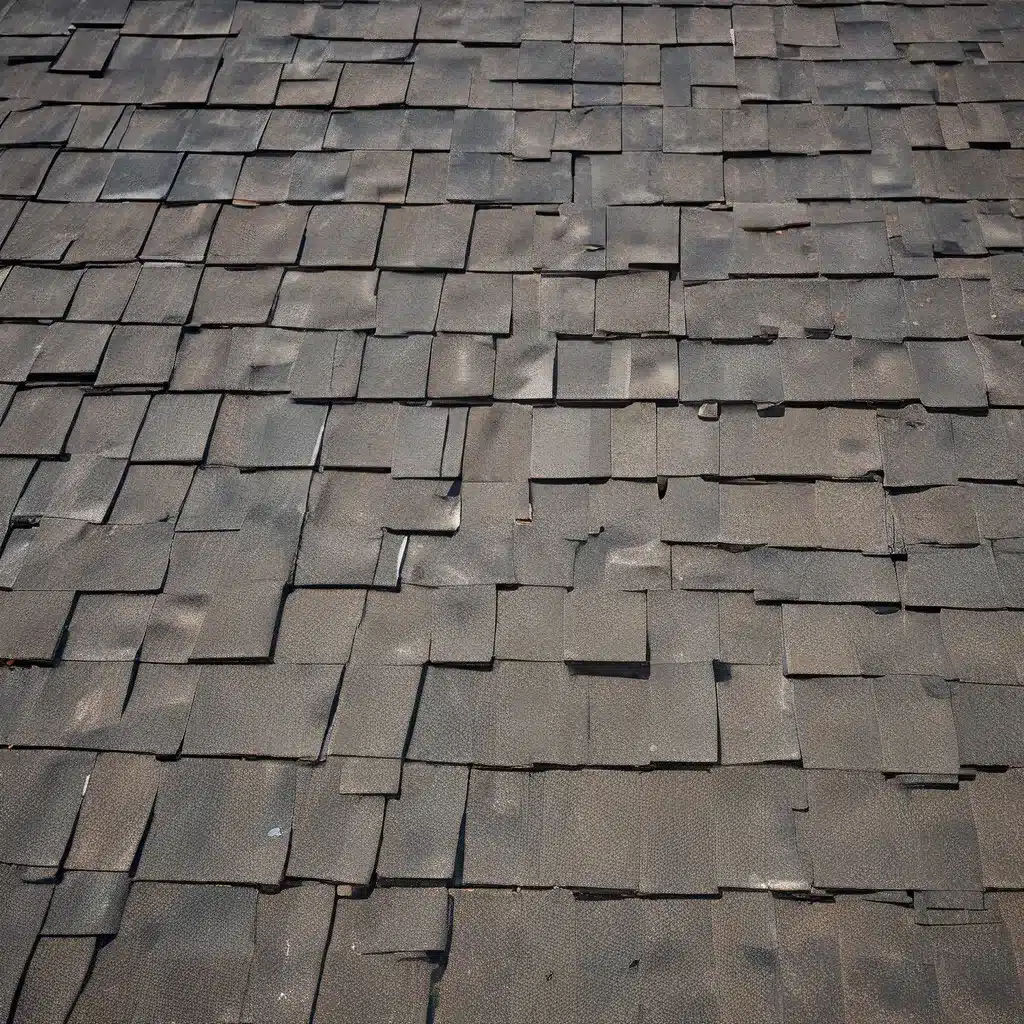
As a homeowner, your roof is a critical component of your property – it shields your family, belongings, and overall investment from the elements. But what happens when disaster strikes and your roof sustains unexpected damage? This is where the complexities of roof insurance coverage come into play.
Navigating the Insurance Landscape
Homeowners insurance is designed to provide financial protection against various types of roof damage, including wind damage, hail damage, snow and ice damage, rain damage, and even falling objects and vandalism. However, the extent of this coverage can vary significantly depending on your specific policy.
It’s essential to understand the nuances of your homeowner’s insurance policy, including the deductibles, coverage limitations, and any policy endorsements that may enhance your roof protection. Many policies, for instance, may only provide actual cash value (ACV) coverage, which takes depreciation into account, rather than full replacement cost. This can make a significant difference in the amount you receive for a roof repair or replacement claim.
Damage Assessment and Claim Filing
When your roof sustains damage, the first step is to thoroughly assess the extent of the issue. Document the damage with photographs and detailed written descriptions, as this evidence will be crucial when filing an insurance claim. Review your policy carefully to understand your coverage, deductibles, and any limitations.
Once you’ve gathered the necessary information, it’s time to contact your insurance provider. Be prepared to provide them with all the details and documentation you’ve collected. Your insurance company may also send an adjuster to inspect the damage and determine the appropriate course of action.
Maintaining Your Roof
While insurance coverage can provide financial protection in the event of unexpected roof damage, preventing such issues in the first place is equally important. Regular roof inspections, routine maintenance, and the use of high-quality roofing materials can go a long way in preserving the integrity of your roof and minimizing the risk of future problems.
Hiring experienced, reputable roofing contractors for installation and any necessary repairs is also crucial. These professionals can ensure your roof is properly installed and maintained, reducing the likelihood of future issues and simplifying the insurance claims process if needed.
Understanding Coverage Limitations
It’s important to note that home insurance policies are not designed to cover the natural wear and tear of your roof over time. Insurers generally consider roof aging as a homeowner’s responsibility, and they may deny claims related to lack of maintenance or neglect.
However, if your older roof is damaged by a covered peril, such as a severe storm, your insurance policy may still provide coverage for the resulting damage. In these cases, accurately documenting the roof’s age and condition can be vital in ensuring a successful insurance claim.
Proactive Approach to Roof Protection
By staying informed and proactive, you can help safeguard your home investment and navigate the complexities of roof insurance coverage with confidence. Regular inspections, prompt maintenance, and a thorough understanding of your policy can go a long way in protecting your roof and your financial well-being.
Remember, your roof is a crucial component of your home, and its protection should be a top priority. By taking the necessary steps to maintain your roof and understanding the nuances of your insurance coverage, you can rest assured that your investment is well-protected, even in the face of unexpected challenges.
Evolving Trends and Ongoing Research
As with many aspects of home ownership, the landscape of roof insurance coverage is constantly evolving. Researchers and industry experts are continuously exploring new materials, techniques, and strategies to enhance roof durability and resilience. Innovations in roof coatings, for example, may soon offer homeowners additional layers of protection against the elements.
Furthermore, ongoing studies on the impacts of climate change and extreme weather events are likely to shape the future of roof insurance policies and claims processes. As a homeowner, it’s essential to stay informed and engage with professional roofing contractors and insurance providers to ensure you’re taking advantage of the latest advancements and best practices.
Remember, your roof is a significant investment, and protecting it should be a top priority. By understanding the intricacies of roof insurance coverage, staying proactive with maintenance, and embracing the latest industry developments, you can safeguard your home and your financial well-being for years to come.